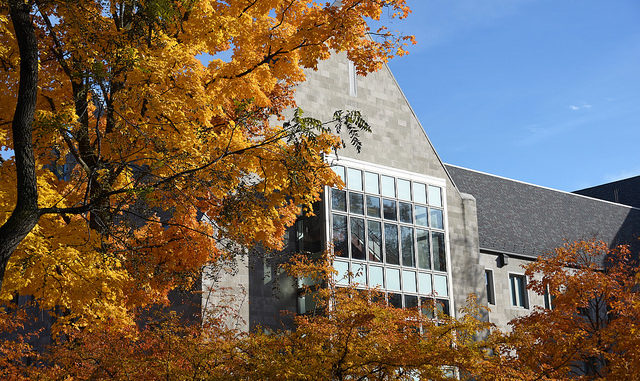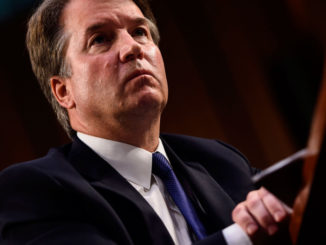
Crystal Medrano & Joseline Cano
News Editor & Features Editor
Dominican’s promise for inclusivity and diversity is called into question as DU students and professors demand for more people of color among faculty and staff.
According to the Office of Institutional Electiveness, in 2018, 56.1 percent of the total student population identifies as Hispanic, African American, or Asian, and that is not including the 8.3 percent whose background has been unreported. Despite more than half of the student population identifying as non-white, only 27 percent of faculty are people of color.
As stated by Project Director for Title V Lisa Petrov, the issue starts during the hiring process.
“If you want diverse voices, you have to put that as a criteria,” said Petrov. “They want to hire the individual most ‘qualified’ and ‘fit’ regardless of race but the question arises, ‘fit’ for who?’ Everyone with a PhD is qualified. Before hiring we have to ask ourselves, ‘what perspectives are we missing?’ White people don’t look at being white as a perspective.”
Dominican’s Office of Institutional Research published the trends in race-ethnicity among full-time faculty between 2008 and 2017. DU saw a 250 percent increase of Hispanic/Latinx faculty. Despite what seems like a gigantic increase, the percentage represents a jump of only four faculty in 2008 to 14 in 2017. Nine faculty members identified as black or African American, 15 as Asian/ Native Hawaiian/Pacific Islanders, and 118 as white non-Hispanic.
Assistant English Professor Jane Hseu believes Dominican’s issues with diversity are not solely happening on this campus, but is in fact a nationwide issue that has been occurring for years and has yet be solved.
Hsue says the issue stems from a systematic pipeline that begins in elementary school. In the pipeline, only a limited amount of students are given the resources to a good education. The pipeline eventually leads to a plethora of disadvantaged students that later creates a small hiring pool.
“White faculty need to learn and understand we don’t experience the lives that they have,” said Hseu. “There’s a normative whiteness and not acknowledging that whiteness as a norm excludes faculty of color.” So the question comes to, how do you get people to apply?
“You use your own networks. Most academics don’t have a diverse pool and that ’s a systemic way of keeping people out subconsciously, higher ed maintains that circle and to break it,” said Petrov. “We need to recruit to prioritize because how will a student engage if they can’t see themselves. How do you connect?”
medrcrys@my.dom.edu canojose@my.dom.edu



